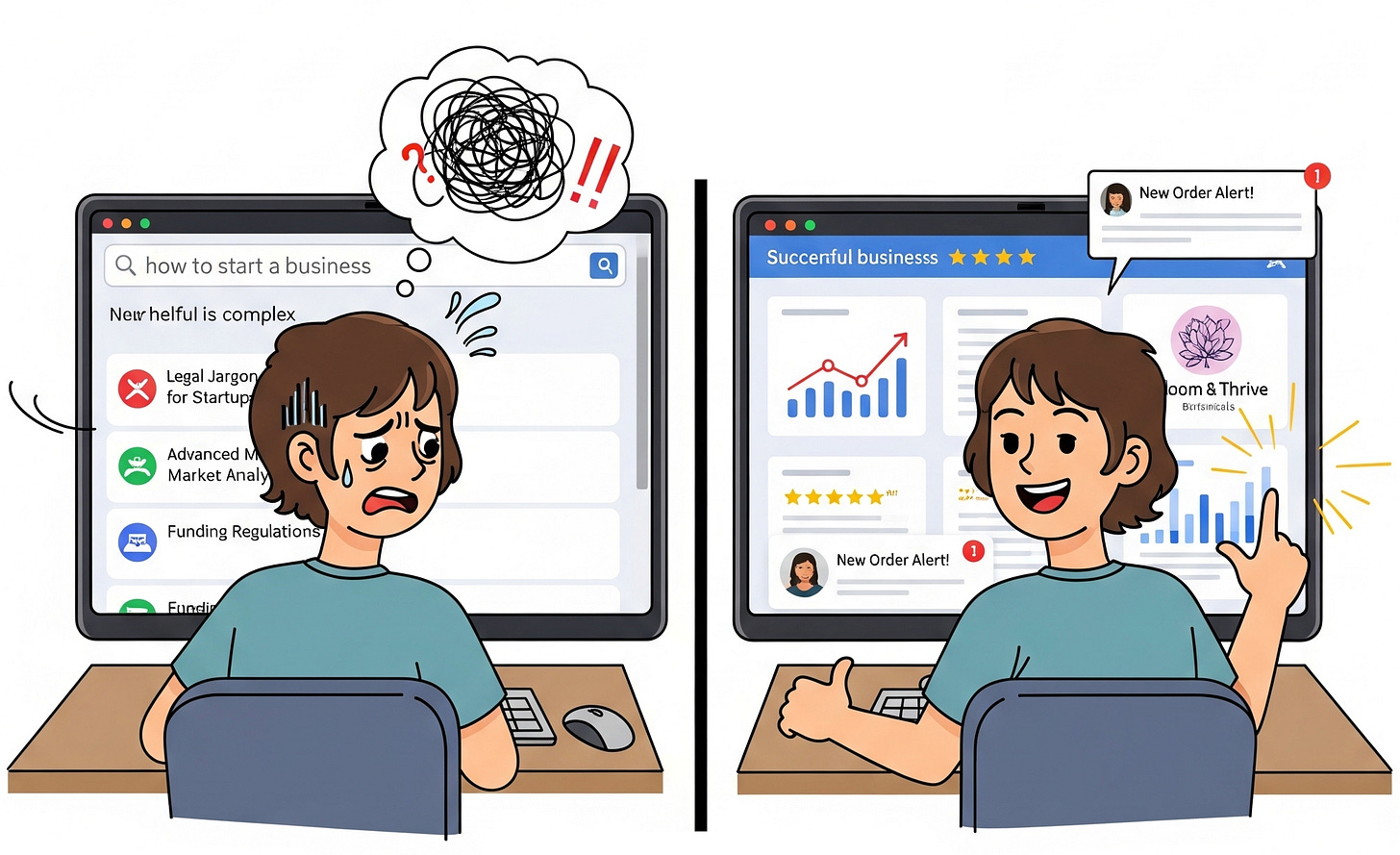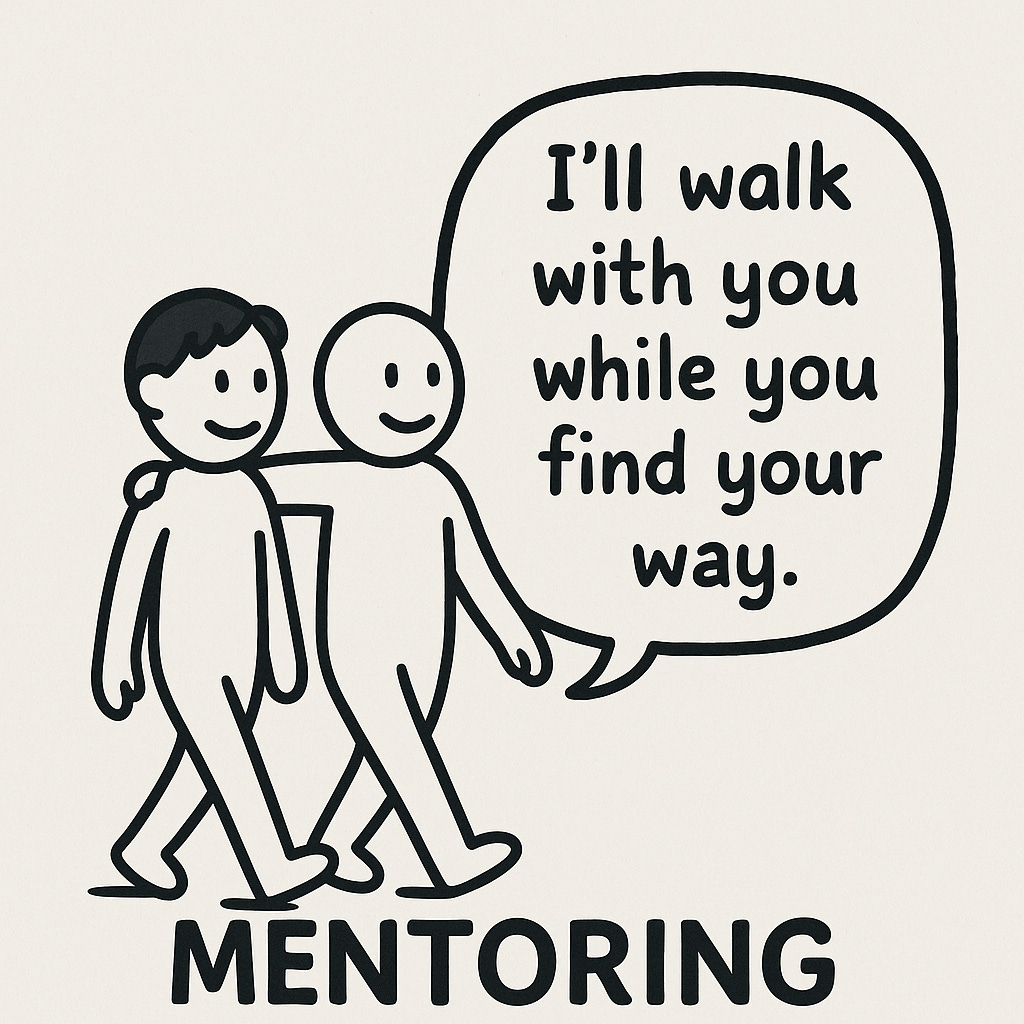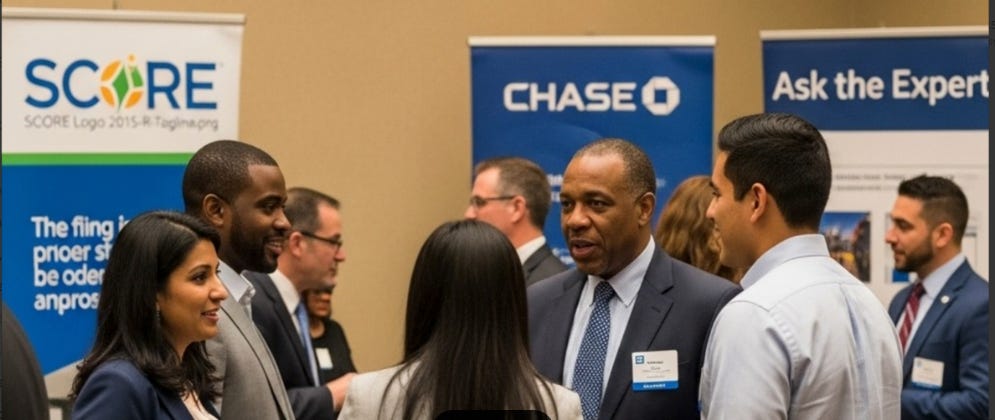Trust people not bots: Your guide to thriving as Google search results plummet
Discover how testimonials, personal connections, and 'listening' rather than 'telling' can build your business and your brand
You’re reading the Your News Biz newsletter. My goal is to help digital media entrepreneurs and small businesses find viable business models. If you like what I’m doing, consider becoming a free or paid subscriber. All you need to do is type in your email address.

Lately I’ve been reading a lot about how public relations firms are responding to the decline in traffic from search and social, particularly Google and Facebook. Both platforms are highlighting businesses that pay for exposure. Those who don’t pay are seeing their results pushed down in the feeds of potential customers.
I see this problem among many of the small business clients that I mentor as a volunteer with SCORE. (We give free advice with the goal of helping these businesses grow and prosper.)
Since Google search has been the biggest driver of traffic. I’m going to focus on that. The rise of large language models (LLMs) and generative AI are changing search results. Instead of just a list of links, search results now are often direct, conversational answers.
The Business Wire recently offered advice to organizations that have seen their search results decline. They’re pushing Answer Engine Optimization, AEO, or Generative Engine Optimization, GEO, as a response to the weakening of the familiar SEO, or Search Engine Optimization.
Here’s how they describe the issue:
“SEO is about making your content rank well on search engine results pages, while AEO is about making your content directly usable as answers by AI-driven tools like voice assistants or chatbot-style search.
“Traditional SEO focuses on getting users to click through to your site. AEO focuses on providing concise, authoritative answers that AI can present without a click” (emphasis mine — JB).
In other words, craft your headline in the form of questions that your content promises to answer, like, “How to get free publicity for your business.” In essence, follow the old journalism model of answering the 5 Ws and the H: Who, What, When, Where, Why, and How.
Skeptical CEOs
Digiday’s Sara Guaglione covered the issue and found that many CEOs don’t believe that public relations firms are providing viable solutions.
She quoted Neil Vogel, CEO of People Inc. “This whole conversation is not rooted in any fact. If there’s anyone who can prove to me that they can optimize the output of these rapidly developing tools, I would love to talk to them.”
Still, referral traffic is drying up. “Search engines, once reliable pipelines for traffic, now behave more like competitors than conduits,” Guaglione wrote.
Also, Get real: back to basics with people, not bots
And, AI in the attention economy: Friend, Foe, or Fix?
From keywords to questions
In traditional SEO, the goal was to attract a wide audience by using high-volume keywords. If you were an auto repair shop, for example, you could tag your site and content with words like #autorepair #trustworthy #discountautoshop or some such. It was like a megaphone. You broadcast your message to the largest crowd possible.
With AEO, the idea is to answer the kind of question a consumer might have:
“Which auto repair shops near my zip code work on cars from the 1960s,” or “Which auto repair shops near my zip code work on Fiats, Volvos, and Peugeots?”
With AEO a search would give fewer results, but more relevant to your particular need, anxiety, or concern. However, they’re not 100% trustworthy. You would still have to check them. AI tools simply grab the information in the large language model’s (LLM) database. That information might be outdated, and sometimes the chatbot, if it can’t find what you want, will make something up to satisfy your query — even if it is a complete hallucination.
Spear fishing, not net fishing
What I’ve been telling my SCORE clients — and what I would advise for any small business these days — is to change their expectations. Don’t focus on bringing lots of people to your content. Focus on going where your potential clients are. Focus on a message that matters to them, not you.
It’s all about trust. Amid all of the spam and intrusive messaging on social networks and in traditional media, people are desperately searching for news and information they can trust. In economic terms, the demand is high, the supply is low.
So, how can a business distinguish itself as trustworthy? Part of the answer is in the channels they use to reach potential customers. Part of it is their tone. Part of it is the platform. Part of it is the content itself.
Librarians say AI Mode is more trustworthy than AI Overview, and they’re right. I tried it. — JB
Make it relatable
I’ve been recommending that businesses use real people that their potential clients would recognize while crafting their messages. Testimonials are great. We’re not talking about getting an NFL star or a Grammy-winning pop singer to endorse your product. A neighbor, a teacher, another local business person, or any recognizable local, familiar, and relatable person could be the source of a credible, trustworthy recommendation.
People relate to other people. That’s why I recommend that testimonials where you can see and hear the person — short audio or video clips — can be great vehicles for connecting with potential customers.
Some of my clients push back when I recommend using email messaging or email newsletters to reach potential clients. However, if the messages you send are to people who know you or are in your social or business network, they will stand out from the spam. Make sure your name is in the subject line of the email. People are much more likely to read a message from a person they know or have met.
Face to face is best
Finally, we human beings are social animals. We find ways to connect with others as a way of ensuring our safety, security, prosperity, and enjoyment of life.
So I always encourage my clients to go to in-person events, shake hands, introduce themselves, ask people for their business cards and have yours ready as well. Have your elevator speech ready if people ask, “So what do you do?”
But my strongest advice is to ask others to tell you their story. A great conversationalist, a memorable conversationalist, is the one who shows they have heard you and gotten to know you. The best salespeople, like the best doctors, ask good questions and listen to the answers.
Ask, don’t tell. Listen, don’t lecture.
Did you find this post valuable? Do you have any recommendations for how I could make it more valuable to users like you?




As always, down to earth, easily digestible, practical information. 👍🏼